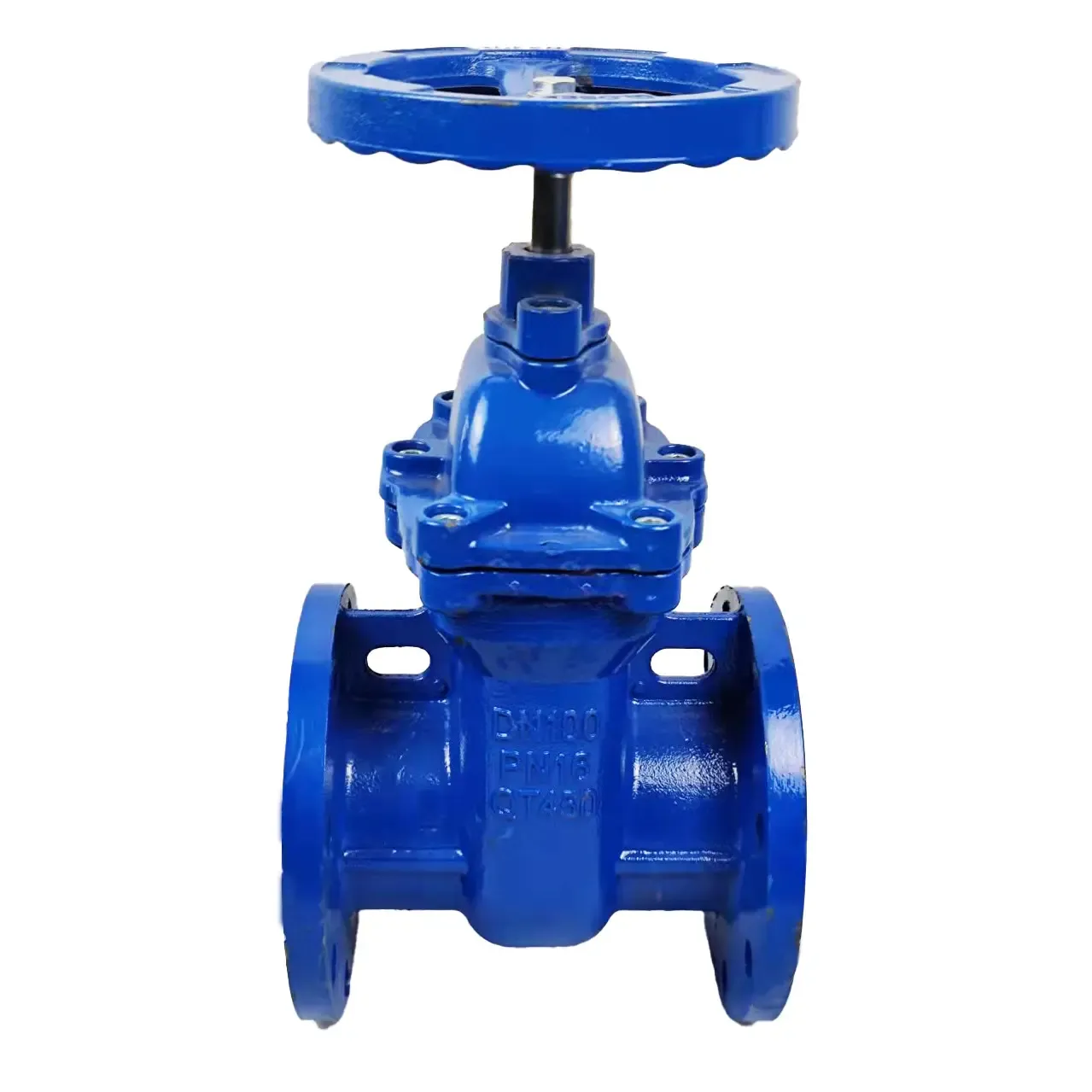12 月 . 04, 2024 10:17 Back to list
check valve types and applications
Check Valve Types and Applications
Check valves are critical components in various fluid and gas systems, designed to prevent backflow and ensure that media flows in one direction only. By automatically opening and closing in response to pressure differential, these valves play an essential role in maintaining system integrity and efficiency. This article explores different types of check valves and their specific applications.
Types of Check Valves
1. Swing Check Valve The swing check valve is one of the most common types. It features a disc that swings open and closed based on the flow of the fluid. When fluid flows in the designated direction, the disc is pushed open; when the flow stops or reverses, the disc swings back to its seat, preventing backflow. This type is widely used in water supply and wastewater applications due to its simple design and ability to handle large volumes of flow.
2. Ball Check Valve The ball check valve utilizes a spherical ball that rests on a seat to prevent backflow. When the fluid flows in the forward direction, the ball is lifted off the seat, allowing the fluid to pass. However, if the flow reverses, the ball is pushed back onto the seat, sealing off the flow. These valves are commonly found in gas and liquid applications where a tight seal is required.
3. Lift Check Valve The lift check valve operates similarly to a swing check valve but uses a disc that lifts perpendicular to the flow path. This type is often used in applications with higher pressures, such as steam and hydraulic systems, where it can effectively handle fluctuations in pressure and fluid velocity. Lift check valves can be further categorized into piston-type and diaphragm-type, each serving specific needs within industrial settings.
4. Dual Plate Check Valve Dual plate check valves feature two spring-loaded plates that open and close with the flow of the media. This design reduces the overall size and weight while providing a quick response to changes in flow rates. They are particularly beneficial in high-flow applications, such as pumping stations and oil and gas pipelines, where pressure surges are common.
5. Non-Slam Check Valve Designed to minimize water hammer, the non-slam check valve employs a spring mechanism that allows for a smoother operation. These valves typically close quickly when there is a reverse flow, thus preventing the sudden pressure surges that can damage piping systems. They are essential in high-velocity systems such as fire protection and municipal water supplies.
check valve types and applications

Applications of Check Valves
Check valves are used in a diverse array of industries and applications
- Water and Wastewater Treatment Swing and lift check valves are extensively used to prevent backflow in treatment plants and distribution systems
. They ensure that contaminated water does not flow back into clean water supplies.- Oil and Gas Industry Ball check valves and dual plate check valves are vital in maintaining the direction of flow in pipelines, preventing the backflow of oil, gas, and other hazardous materials.
- HVAC Systems In heating and cooling systems, check valves prevent reverse flow, ensuring that fluids circulate efficiently through the system.
- Chemical Processing Check valves also play a significant role in the chemical industry, where they isolate different sections of processing equipment and prevent backflow of potentially hazardous chemicals.
Conclusion
Understanding the different types of check valves and their applications is essential for selecting the right valve for a specific system. Each type offers unique benefits that cater to various operational requirements, making them indispensable components in many industrial processes. Proper selection and maintenance of check valves can lead to increased efficiency and reliability in fluid and gas systems, ultimately contributing to the longevity and safety of the overall infrastructure.
-
Y Type Strainers: A Comprehensive GuideNewsOct.18,2024
-
Understanding Water Valve Options for Your NeedsNewsOct.18,2024
-
Functions and TypesNewsOct.18,2024
-
An Essential Component for Fluid SystemsNewsOct.18,2024
-
Adjustment and ReplacementNewsOct.18,2024
-
Slow Closing Check Valves: A Key Component in Fluid SystemsNewsOct.08,2024
Related PRODUCTS









